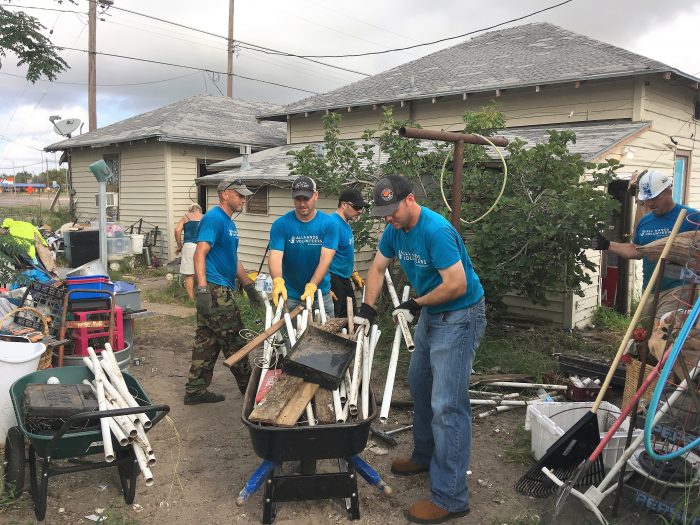Keep Safe America: How to Keep Our Vulnerable Housing Stock Safe
In the past decade, hundreds of thousands of affordable homes across the country have been substantially damaged or destroyed by floods, tornadoes, fires and hurricanes. Families have been displaced, rendered homeless or unsafe. In these very same communities, affordable homes were scarce to begin with, and their numbers are dwindling even further as rising rents […]
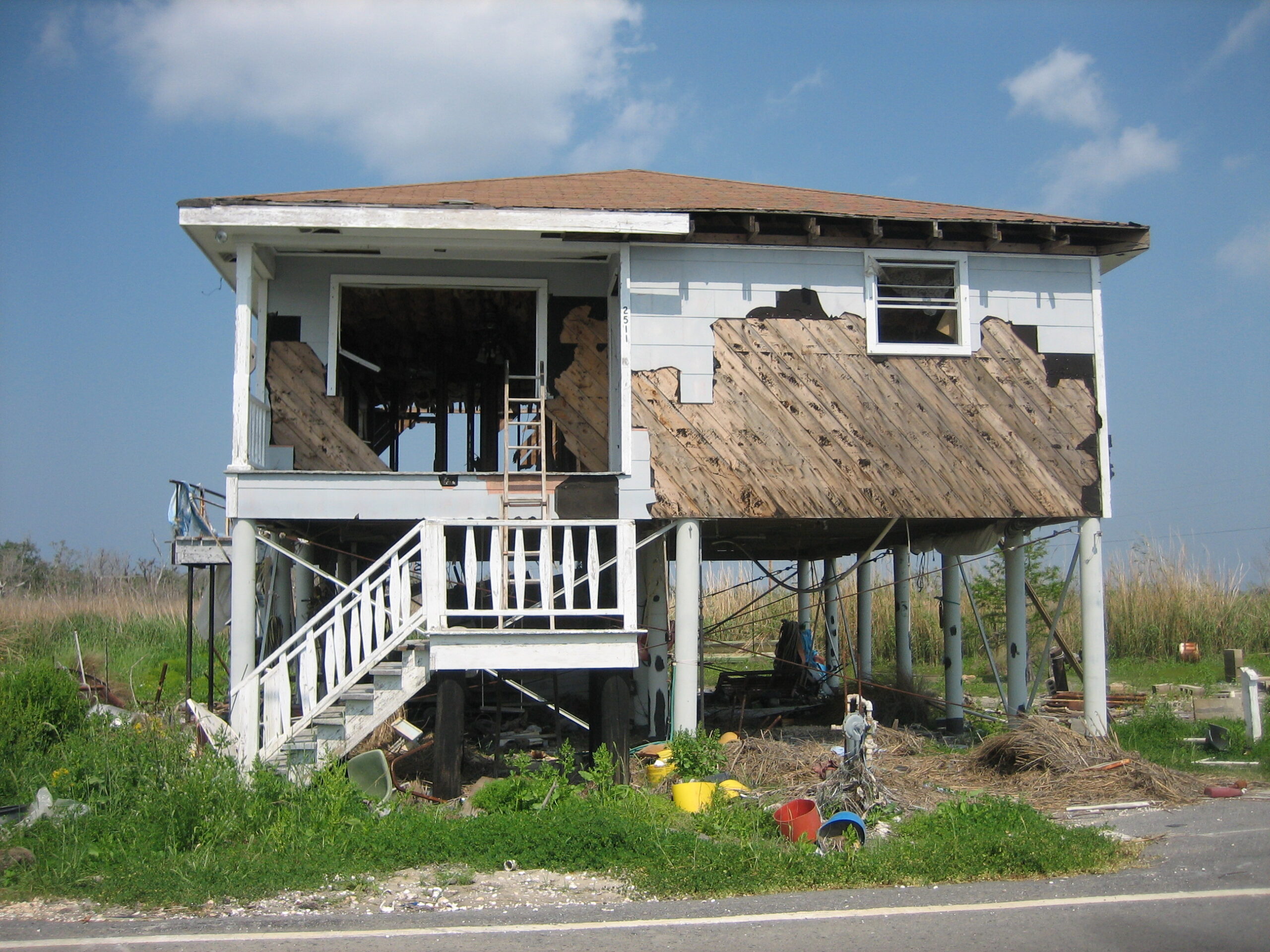
In the past decade, hundreds of thousands of affordable homes across the country have been substantially damaged or destroyed by floods, tornadoes, fires and hurricanes. Families have been displaced, rendered homeless or unsafe. In these very same communities, affordable homes were scarce to begin with, and their numbers are dwindling even further as rising rents far outpace income growth – not to mention the devastating and ongoing economic impacts of COVID-19 on low-income communities.
People who have faced legacies of disinvestment, redlining and racism, primarily in Black, Latinx and Native American communities, are at a double disadvantage. They face inequities that were well entrenched long before the pandemic struck and have only become more pronounced. At the same time, they are more vulnerable to the impacts of climate change and extreme weather as they have less money to pay for cooling and often live in neighborhoods with fewer parks and green space, among other challenges.
A home is a foundation for a good life and, as we have also learned through the COVID-19 pandemic, it is the foundation for a safe and healthy life. The threat of losing our home is terrifying and debilitating; it eats through the soul of the most resilient among us. As a nation, we must prioritize protecting homes nationwide from climate events and natural disasters we know are on the horizon.
Identify Hotspots
To mitigate a future of extraordinary climate volatility, which places hundreds of millions of homes at risk and the massive displacement levels that will come with it, we need to identify “hotspots” and fortify existing infrastructure like electrical and water grids.
Hotspots will include areas prone to repeated flooding, extreme wind and earthquakes that also experience economic and social vulnerability, a dangerous combination that leads to extreme risk. It is impossible to address one without the other. Redlining, for example, has created more vulnerability among communities of color in Detroit, New York City, Atlanta and countless other cities.
We must develop programs and target investments to support these communities in retrofitting infrastructure, expanding the capability of first responders and working with building scientists and engineers to identify the most effective solutions.
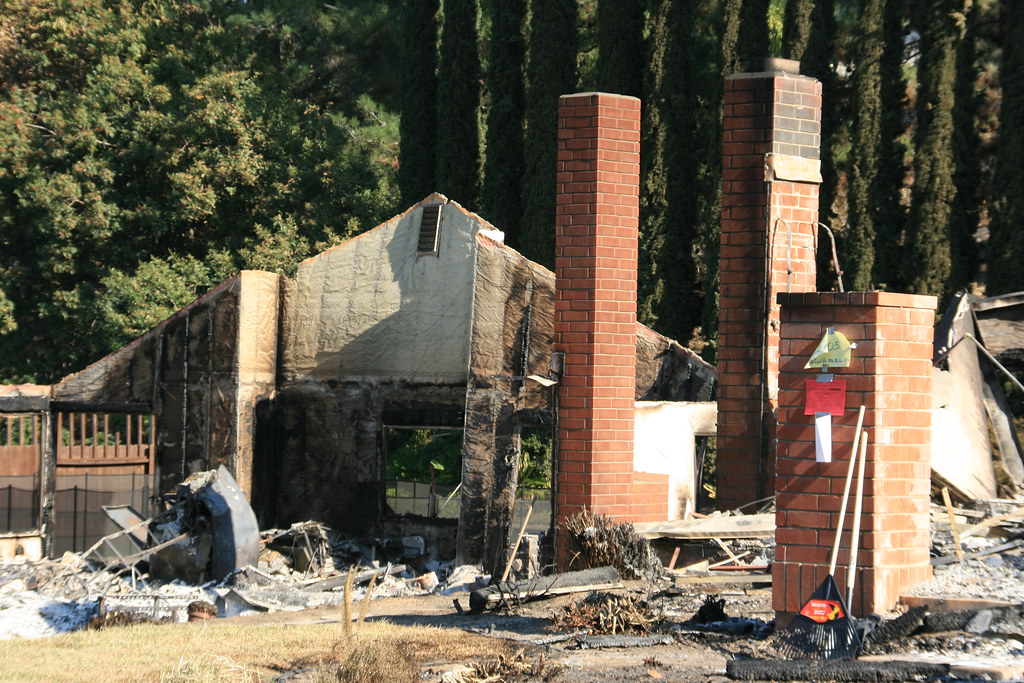
The Opportunity for Philanthropy
In recent years, the Federal Emergency Management Agency, Department of Housing and Urban Development, Department of Agriculture and Department of Commerce’s Economic Development Administration have allocated more than $15 billion for mitigation and resilience in communities across the country. This amount includes HUD’s visionary, innovative resilience programs such as Rebuild by Design and the National Disaster Resilience Competition in 2014 following Superstorm Sandy. New standing funding programs are rolling out to support planning, pre-development and direct implementation to protect communities and homes.[1]
But as the federal government invests in mitigation solutions and resiliency, philanthropy has an opportunity to leverage these investments to secure more cost-effective housing protection for communities of color.
After all, it is much more effective and cost-efficient to fortify a home before disaster strikes than to pick up the pieces afterward. Before an event strikes, housing needs to be prepared, mitigated for risk during an event and repaired soon after that. Repairing damaged housing and infrastructure takes time. Disasters displace occupants and businesses and disrupt communities.
Here are four ways that philanthropy can help protect affordable, disaster-resilient housing:
1. Create a learning forum to discuss and identify how to utilize and plan the funding to be as strategic as possible. The philanthropic community can serve as a third party, neutral convening body that connects the public sector with aligned stakeholders such as insurance, private sector and construction. It can help facilitate much-needed knowledge sharing and coordination to ensure that the public sector has best-in-class support and guidance.
Additionally, there is a need to create a clearinghouse of resiliency solutions in mitigation and adaptation for the housing industry, drawing from U.S.-based and global solutions.
These are critical to aligning public funding streams while bringing in private sector stakeholders to boost the scale and impact on vulnerable communities. In doing so, this can serve as a model for future private-public-philanthropy partnerships.
2. Support efforts that more effectively tell the story of why mitigation and resilience are essential investments for homeowners, residents, jurisdictions and investors. Philanthropy can convene voices across the full spectrum of stakeholders – from the insurance, technology, real estate, private sector and nonprofit spheres to better build partnerships and incentivize action.
We also need to listen to private sector entities with a proven track record of convincing consumers of the importance of a “product” and socializing its importance. The product, in this case, is investments in safe and secure homes.
The storyline will communicate the consequences of risk to a household and a community, the financial and social benefit of investing in resiliency, and raise the urgency of investing in this work.
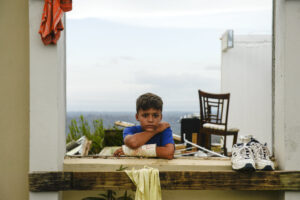
3. Assist in developing a playbook for governments and communities to prepare the resources needed to accommodate climate migration. As climate change repeatedly destroys homes and communities, many families will ultimately face indirect displacement. At a certain point, insurance will not be available to households that frequently flood or burn, or the insurance will be so expensive that staying in place will no longer be an option, as we are starting to see in some markets.
Some communities will be gradually forced to relocate with public assistance, such as the planned relocation of Louisiana’s Isle de Jean Charles Tribal Community from the flood plain to highland or the state-sanctioned relocation of many New Jersey coastal communities. In other cases, the shift may be abrupt, such as the relocation of up to 40,000 New Orleanians to Houston, Texas, after Hurricane Katrina.
Communities will need help identifying their capacity to “receive” climate “refugees.” Houston, Miami, Chicago and New York following Hurricane Katrina or Maria are among areas that have already seen an influx of displaced populations.
A playbook would cite best practices drawn from on-the-ground programs and strategies across the globe, with a focus on how to:
- Identify available land for redevelopment and reuse: Communities will need to densify and upzone to accommodate vulnerable households before and after an event.
- Design and pilot an existing housing vacancy database: Communities can work with agencies, nonprofits and market landlords to track unit vacancy monthly to ascertain openings and areas to rehouse incoming communities.
- Employ community resilience hubs: These spaces would facilitate connections between community members, programming and computer services to keep families connected throughout the year and could be activated during a disaster. Prime candidates include local YMCAs, faith institutions and libraries.
4. Support the development of a community-informed and federal agency-endorsed plan on temporary-to-permanent housing development. When disaster strikes, communities are obliged to find immediate and temporary housing. But federal first responder agencies like FEMA that assist them often deploy temporary housing solutions that are not designed to be permanent and yet remain in place far longer than anticipated.
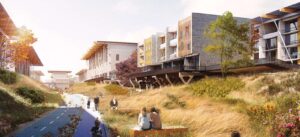
Communities must take the initiative to build sustainable, resilient, affordable and safe homes that can endure the impact of future weather-related events. There are successful models, such as Mississippi Cottages, Rapido and models from across the globe. Still, we need prototypes and options that work with agencies and their procurement processes so that the right housing can be established in each community. This is even more vital in tribal communities, which experience some of the worst housing and living conditions in the U.S. and face multiple barriers to housing development.
Philanthropic support could enable local jurisdictional implementation under a pilot program in a hotspot community, a model that can be manufactured and deployed at scale.
The need for strong and safe housing has never been more critical. We know that vulnerable communities will continue to be on the front lines of disasters and what we have to do to protect them.
We must design, build and operate equitable and resilient cities and mitigate the impacts of fires, floods and storms. What we need now is a deep partnership with the philanthropic sector and the financial resources to make it happen.
[1] FEMA’s Building Resilient Infrastructure and Communities (BRIC) will support states, local communities, tribes and territories as they undertake hazard mitigation projects, reducing the risks they face from disasters and natural hazards. BRIC is a new FEMA pre-disaster hazard mitigation program that replaces the existing Pre-Disaster Mitigation (PDM) program with ongoing annual allocation.
More like this
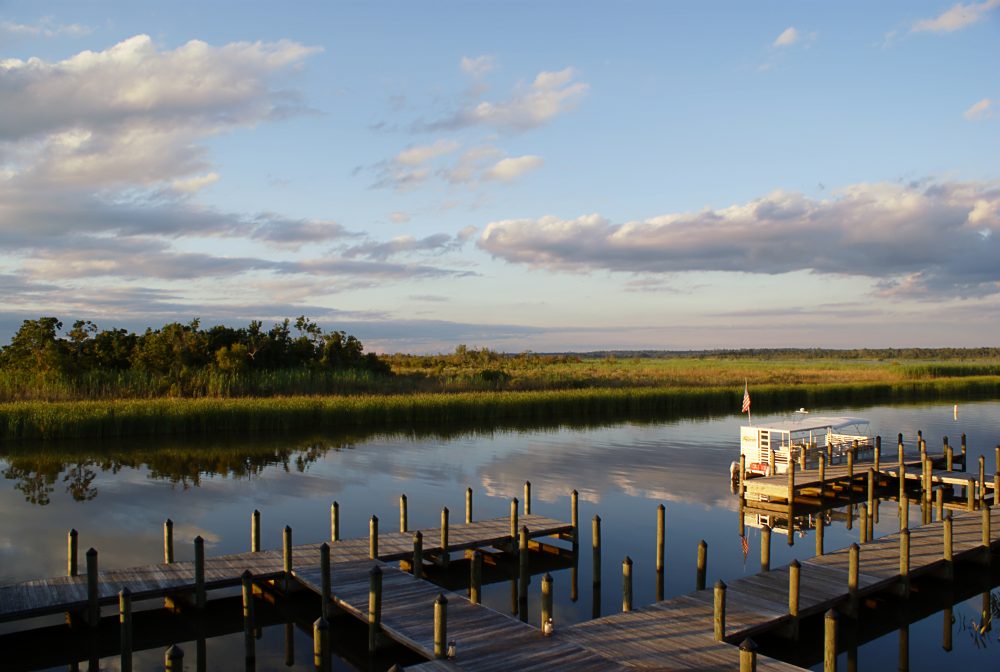
Disaster Relief in the Form of Resilience
